Chapter 36: An airline disaster and a rock star interview
Plus the adventures of a toddler and ancestor discoveries in Scotland
From a family letter dated February 27, 1972:
Well, Harley took his first steps on Thursday. He went for a few little ‘walks” of about four or five steps, then came a terrible cropper against a dining chair, inflicting yet another bruise on his forehead. There are some days when he looks like a battered baby.
Our good friend, the pop singer Samantha Sang, arrived back in London a week ago. She’s spending the weekend with us. Rosemary enjoys her company and she’s extremely good with Harley. They get on marvellously well. Besides learning to walk, Harley has also discovered the joys of scribbling on walls. The other day I caught him scrawling on a wall with a biro in one hand and a pencil in the other (fortunately the wall paper is to be replaced). I thought it was just a fluke, so turned the pen and pencil with the blunt ends towards the wall. That didn’t fool him one bit. He just turned them around again and resumed his vandalism. As an outlet for this sort of destructive behaviour, Rosemary is planning to fix a large blackboard to one wall of his bedroom.
Harley is mad about typewriters and it was getting that way that I couldn’t use my machine when he was about. He just took it over. So in desperation last week I bought an old wreck of a machine with lots of nobs, levers and other bits and pieces for £2 from the local typewriter shop. He thinks he’s just the ant’s pants with his very own typewriter -- and his Dad can now get on with his work.
I’ve had a bit of luck with my freelance business. Just before I returned from my visit to Australia, [my friend and former Radio 3BO Bendigo colleague] Graeme Turpie -- who’s deputy editor of Radio 3DB News, Melbourne -- sounded me out about becoming a London correspondent. Knowing the opposition of the hierarchy to outsiders working as foreign correspondents, I never gave it much thought. But last week, Graeme phoned me and the net result was that I was “unofficially” appointed a correspondent. As it’s been done without the approval of the hierarchy, it’s anyone’s guess how long the appointment lasts.
Graeme is hoping that once the nobs are presented with a fait accompli they won’t kick up too much of a fuss. I’ve got my fingers crossed. It’s certainly more lucrative and rewarding than my arrangement with Radio 3AW because I’m dealing with “hard” news stories and sending them from my tape recorder connected to the telephone mouthpiece. I assume this process is strictly-speaking illegal. There’s been a lot doing on the news front over here lately, so I’ve been filing reports almost every day. The “TV Week” stuff is also coming along nicely. I’ve had two stories published since I returned to London; another is about to be published, and two more are in the works.
From a letter dated April 14, 1972:
3DB is still holding good without any protests from the hierarchy. I’ve got them a few scoops, so they are happy with the service. I’ve now got an arrangement with the New Zealand Broadcasting Corporation correspondent in which he covers for me when I am tied up and I cover for him.
House prices in London have gone berserk and we are very glad we didn’t delay buying our maisonette. In the last 15 months, house prices have gone up by an average of 30%. We bought our place for £7,000, but reckon we could get £10,000 for it now. Things are getting out of hand. People selling houses are being offered more than the asking price.
Graeme Turpie has sent me a copy of “The Ballad of John Grey Gorton” [the Aussie Prime Minister from 1961-1971]. He called it the “Worst Pop Record of 1971”. I passed it on to the BBC’s Today Programme on Radio 4. They described it as the most yuk-making campaign record in world political history. They played some of it as “an awful warning of what could happen if something similar was tried in Britain”.
I understand the record didn’t sell very well, but it is still available on YouTube if you want to be entertained (horrified?). The link is HERE.
From a letter of May 24, 1972:
I did myself some good with 3DB over the assassination attempt on America’s Governor George Wallace. The BBC was pinching the actual sounds of the shooting and land-lining them to London and I was pinching them off the BBC and transmitting them to Melbourne. It was done so quickly that I was beating 3DB’s New York correspondent — and all the other Australian networks. 3DB was delighted, as they should be.
From a letter dated June 19, 1972:
My writing of this letter was abruptly interrupted by the BEA airliner crash yesterday near London’s Heathrow Airport. As we’re not very far from the airport, I raced there to do a report for 3DB. I can’t say it was a very pleasant experience. Apart from the fact that I got soaked by driving rain, it was really spooky to stand so close to the wreckage knowing that in the tangled mess more than 100 people lay dead.
I arrived just after the wreckage had burst into flames. I’ve never seen so many policemen and assorted rescue workers in my life — all so helpless to do anything. The plane came down within a quarter of a mile of the home of my Scottish cousin, John MacMillan. Almost certainly it flew over it.
Sometimes the planes take off towards London rather than away from it and they fly over our home at about 3,000 to 4,000 feet. It would have made a real mess if the BEA plane had come down in one of London’s high-density suburbs. No matter how many times we remind ourselves that flying, on a per-head basis, is extremely safe, there’s something especially scary about a plane crash. The closeness of yesterday’s crash had added emotional impact.
Graeme Henderson, a friend and former Radio 3AW colleague, also went to the crash and did a report for 3AW.
Later. The Public Enquiry: The aircraft suffered a deep stall in the third minute of its flight and crashed to the ground, narrowly missing a busy main road. The inquiry principally blamed the captain for failing to maintain airspeed and configure the high-lift devices correctly. It also cited the captain's undiagnosed heart condition and the limited experience of the co-pilot while noting an unspecified "technical problem" that the crew apparently resolved before take-off.
From a letter dated June 18, 1972:
Harley shows all the signs of being a very tidy child, but this virtue has its drawbacks. All sorts of things that he finds lying about are put in a drawer or cupboard — any drawer or cupboard. He’s also insisting — repeat INSISTING — that all doors be kept shut. If he finds one left open he shouts “door, door” (pronounced “dour, dour”) until someone closes it. He’s now taking this a stage further by demanding that tops be replaced on jam and Vegemite jars, even when they are still in use on the table. He has also shown a strong sense of rhythm. Whenever music with a strong beat comes on the radio or television he starts “grooving away”. He particularly loves “Top of the Pops” on TV.
From a letter dated July 17, 1972:
My 3DB work has been pretty quiet over the last few weeks but there has been an avalanche of “TV Week” stories. I've never had so many in such a short period. My other self "Bruce Conway" has been flat out interviewing such people as Rolf Harris, Johnny O‘Keefe and Kamahl. Johnny was the most interesting of the three.
Johnny O’Keefe died on October 6, 1978, aged just 43, of a drug overdose.
There was once a time when I would be as nervous as hell about interviewing a TV star, but I got over that a long time ago. Some of them bore me to tears with all their troubles. I’ve yet to find someone in showbiz who isn’t neurotic.
Harley has reached the climbing stage. and he has learnt to drag chairs around to help his mountaineering achievements. We've lost count of the number of times we've found him balancing on table tops. We got our biggest fright when we discovered him standing on the loungeroom window ledge trying to undo the window catch, which is not too difficult to do. Had he done so, he would have plunged about 15 feet into the front rose garden. This wouldn't have done him or the roses the slightest bit of good. Another of his recent tricks was to transfer all his freshly-washed nappies from a plastic bucket into the toilet.
All of a sudden there are a lot of Australian shows on TV here: “Bellbird”, “Skippy”, “Woobinda (Animal Doctor)”, and most recently, “The Virgin Fellas”. With the exception of the last-named, all are transmitted in the off peak periods. Without wishing to upset “Bellbird” fans, the more off-peak the better. For some inexplicable reason, “The Virgin Fellas” is going out on BBC1 at the peak Monday evening time of 7.30pm. The critics, quite rightly, have given it an emphatic thumbs down. Rosemary made two attempts to watch it, but gave up on both occasions. The script, and some of the acting, is pathetic.
On the other hand, we went to the cinema last night and saw an absolutely marvellous Australian film, “Wake in Fright”. I can’t recall a better-made Australian film, although it painted a horrific picture of the Australian outback and many of its inhabitants. At times we found it painful to watch, but it was brilliant.
From a letter dated August 6, 1972:
Next month we are off to Scotland for two weeks. We have no firm plans, but intend to stay somewhere in the Highlands. We will also be visiting Glasgow to see Aunt Hannah, Grandpa Richardson's sister. She turns 90 next month but we gather she is extraordinarily agile, both mentally and physically. She should be able to give us quite a bit of information about the family.
We love the Highlands which we visited last year. There is something quite romantic and marvellous about them.
From a letter dated September 12, 1972:
On our way to Glasgow and to the Scottish Highlands we stopped for the night in the Lover’s Leap Motel at Gretna Green, just over the Scottish border. Gretna has always been a very over-rated tourist attraction and it is now being completely ruined by a motorway being built right through the tiny community. As for the Lover's Leap Motel it is enough to get any marriage off to a bad start. Our bed was quite the noisiest one we've ever slept in. It would dampen the ardour of even the most enthusiastic lovers. It was a rotten restless night.
Next morning we set out for Glasgow, primarily to visit Great Aunt Hannah Moreton. She re-married a few years ago and turns 90 this month. Her age is hard to believe because she is so fit. She is a tiny thing. She seemed pleased to see us and insisted on providing us with a meal although we’d just had lunch. She talked like a thrashing machine and charged about the place in a manner that would be expected of someone Harley’s age rather than a 90-year-old pensioner. Her husband, William, known as Bill, is 75, was almost as fit. He had a great time entertaining Harley and showing us all the souvenirs from his trips to Canada and America. Next month, Hannah and Bill are off the Spain and next year hope to fly to Canada to meet some of Bill’s relatives.
Hannah wasn’t about to — or didn’t want to — give us much information about her father and grandparents. We weren’t helped by Bill. Every time we got Hannah onto the subject of the Richardsons, Bill would interrupt to show us another of his millions (or so it seemed) souvenirs. However, Hannah was able to confirm that her father was a founder member of the Miners’ Union, was a lay preacher, was a “bit of a wanderer”, and was an alcoholic. After one of her sisters died aged 14 he went on a bender and wasn’t seen for two years. When he finally returned to the family home at Shotts Kirk, just outside Glasgow, he was heavily bearded and destitute and Great Grandma Richardson didn’t even recognise him.
Hannah , who was almost illiterate as a result of having to leave school aged 12, spent all her working life “in service”, i.e. as a servant, and was away from home most of the time. She didn’t even know that Grandpa Richardson [John S Richardson II] had made two trips to Australia.
Hannah died in March 1978, aged 95.
From Hannah’s we crossed the Clyde to the outer Glasgow suburb of Paisley and the Arkleston Cemetery. There were found the grave of Great Grandma Richardson, her daughter Elizabeth and her son-in-law Thomas. The grave was in good condition, as was the entire cemetery.
Next we drove several miles out of Glasgow to the Beardmores Cottages at Inchinnan. This is where the Richardsons lived while my grandfather, John S Richardson II, worked on the R34 airship at the end of WW1.
The cottages, about 20 of them, were built by the airship company, Beardmores, for their workers. The former airship factory is within sight of the cottages which are each divided into maisonettes.
The Richardsons lived at Number 38, now occupied by a merchant seaman and his wife. They made us extremely welcome and even offered to put us up for the night. It had two bedrooms, a living rooms, a kitchen and a bathroom. The rooms were very small but the present occupants had them tastefully decorated.
After Inchinnan we visited several other places before ending up in Loch Carron on the west coast and where Rosemary’s ancestors, the Gillies, came from, migrating to Australia in the mid-1800s. One of them, Elizabeth “Betsy” Gillies, stowed away on a sailing ship to Geelong in 1852.
Loch Carron village is most attractive, a one-street community of white-painted stone and stucco houses stretching for almost three miles along the western shore of the loch. We found a place to stay and soon learned that a Miss May Gillies, who turns 85 this month, still lives in the village. We called on her and found that she and Rosemary are almost certainly members of the same family, although very distant ones. Miss Gillies is a charming woman less than five feet tall.
Miss Gillies told us that the family mainly lived in Kishorn, a “suburb” of Loch Carron. Kishorn, which is on the shores of Loch Kishorn, is about four miles away. She also gave us directions to the graveyard. Kishorn is only a handful of houses and the graveyard, with its 16 Gillies graves on a private estate nearby. A farm hand took us on a conducted tour. The graveyard is high above the loch and the chapel is part of a now-derelict family mansion. Services are still held from time to time in the chapel.
Back in Loch Carron we found further Gillies graves in the new and old graveyards. The old graveyard had headstones dating back to 1777, but probably existed long before that time. The stoned-walled area contained the remains of what appeared to a medieval church. The walls of stone were more than a foot thick and the doorway was only about 5'6" high, a clear indication that the building was built in times when people were much shorter. Harley had a fun time tramping around the graveyards, playing hide-and-seek behind the headstones.
We decided to stay at Loch Carron another day, but at a different bed-and-breakfast place. This was above the loch and we had a magnificent view from our bedroom window.
The next day we drove to Applecross about 10 miles away through the most spectacular country we have seen in Scotland. Like most roads in the Highlands, the road was extremely narrow with passing places every hundred yards or so to allow oncoming traffic to get by. Added to this were hairpin bends and very steep climbs. The weather was typically Scottish, variable.
Religion is still very much a part of the highlanders’ everyday lives. Without exception, all the places we stayed at or visited had biblical quotations or religious maxims prominently displayed on their walls. Gaelic is still widely spoken by the older generation and many of the churches have separate English and Gaelic services. Miss Gillies, for instance, didn’t learn English until she went to school.
Next chapter back in London. Other chapters can be found HERE


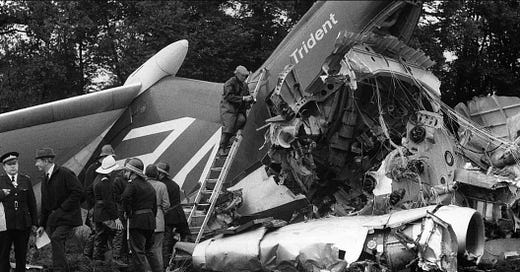


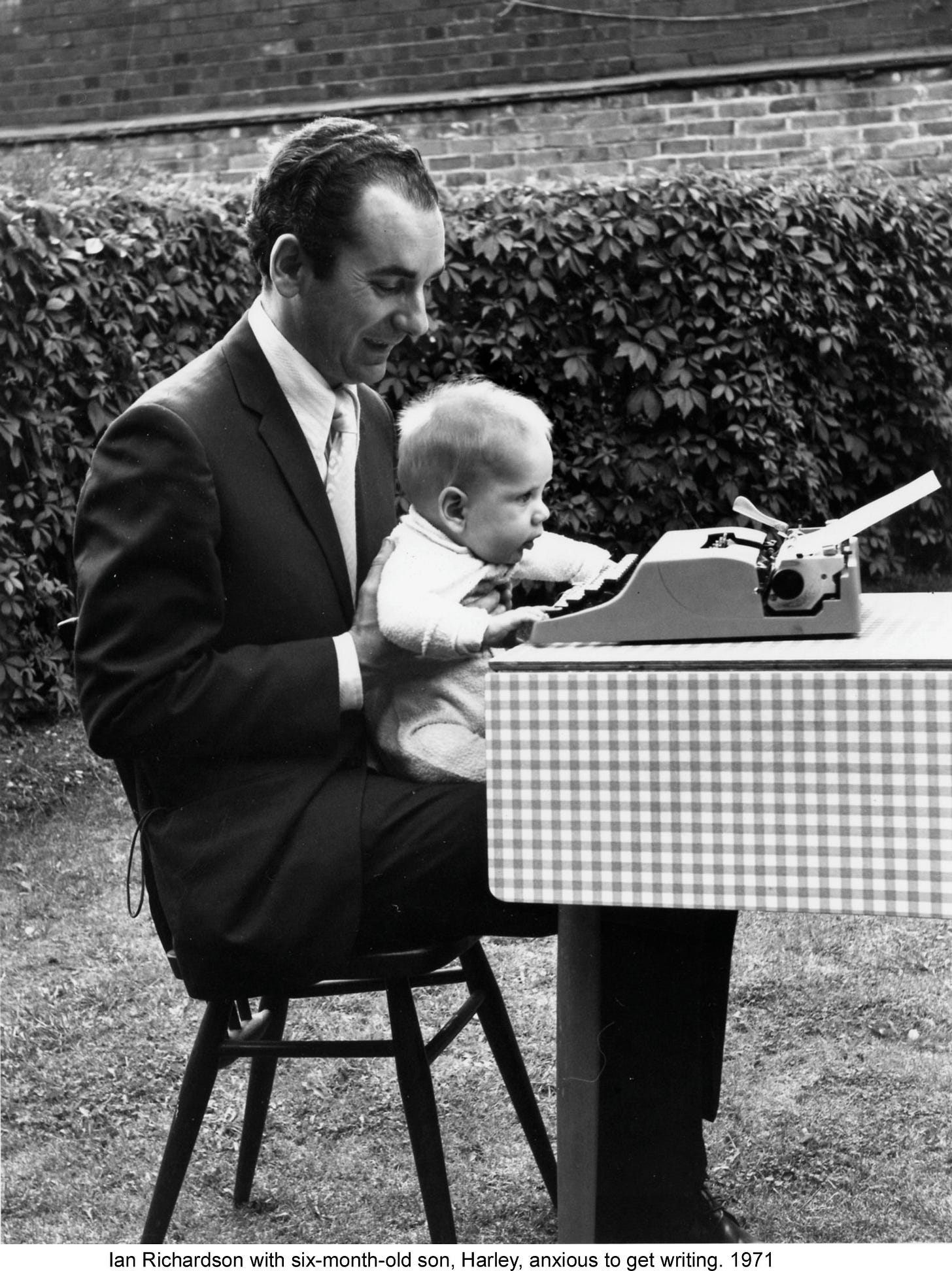

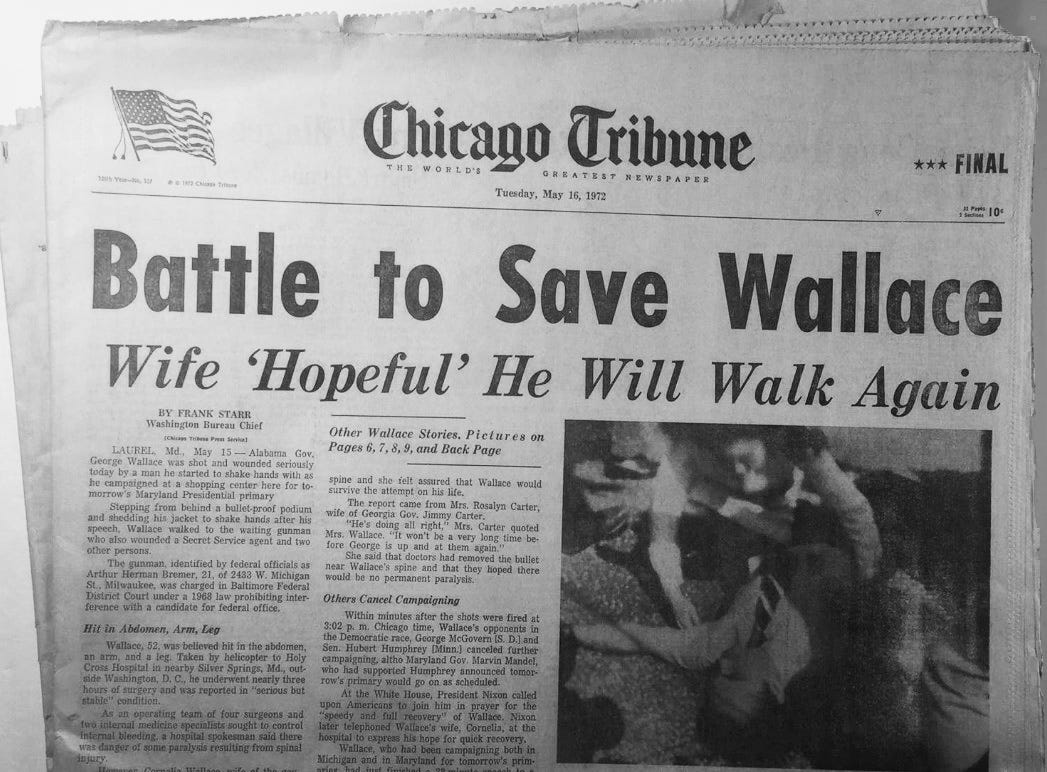
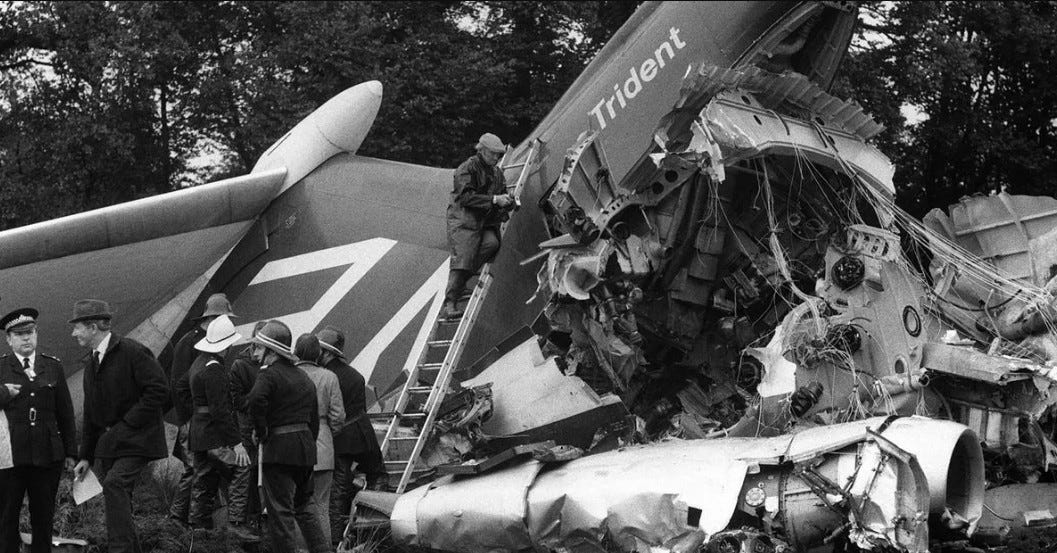
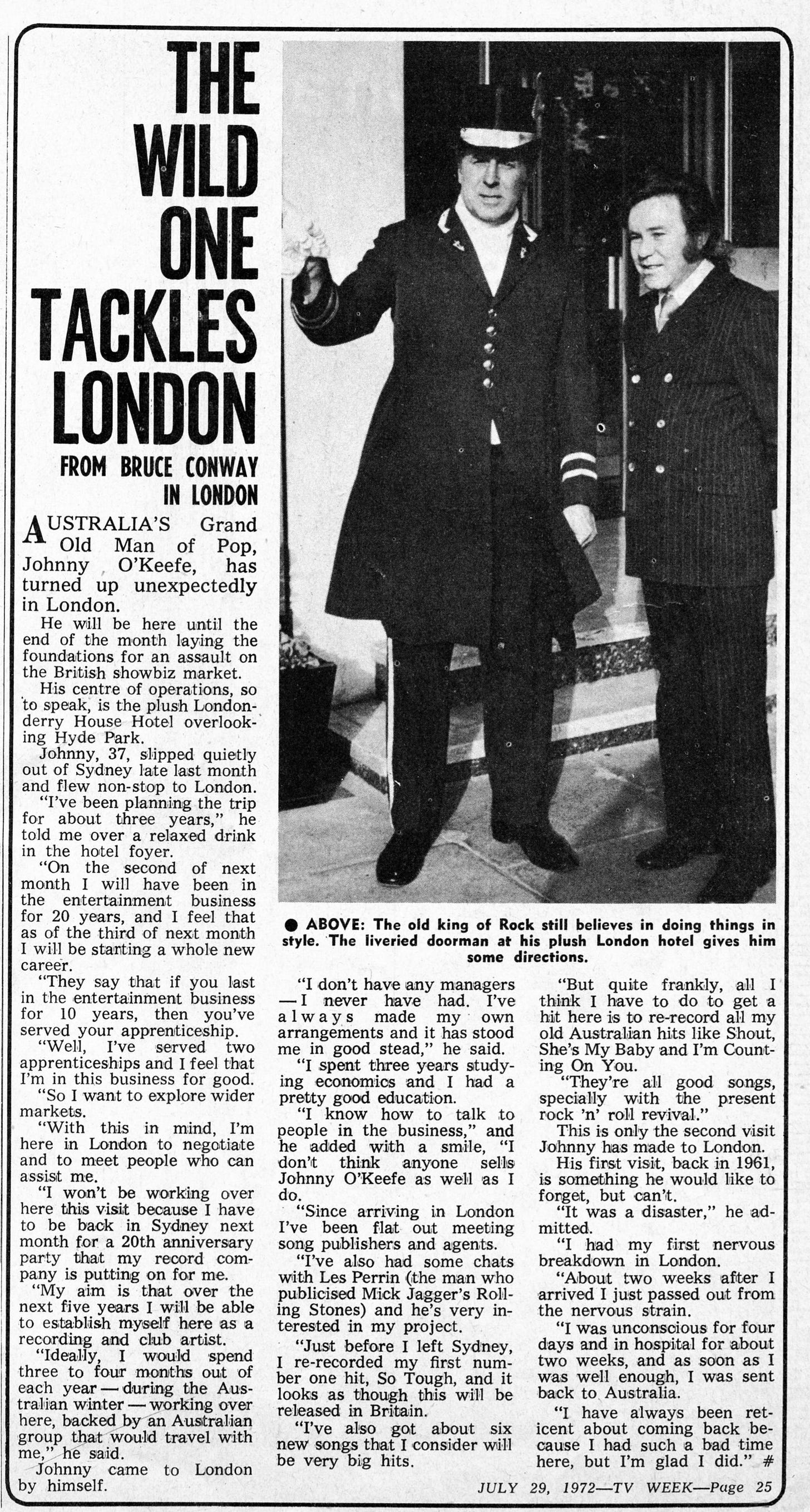


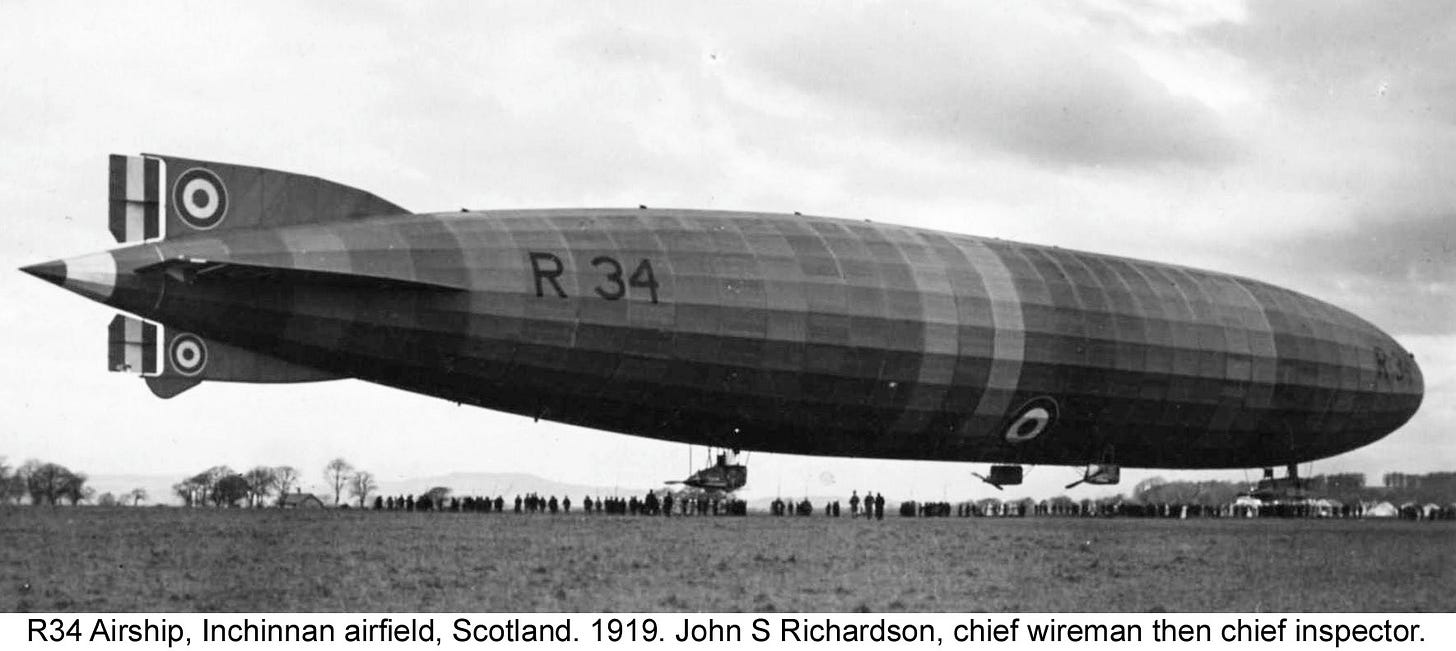
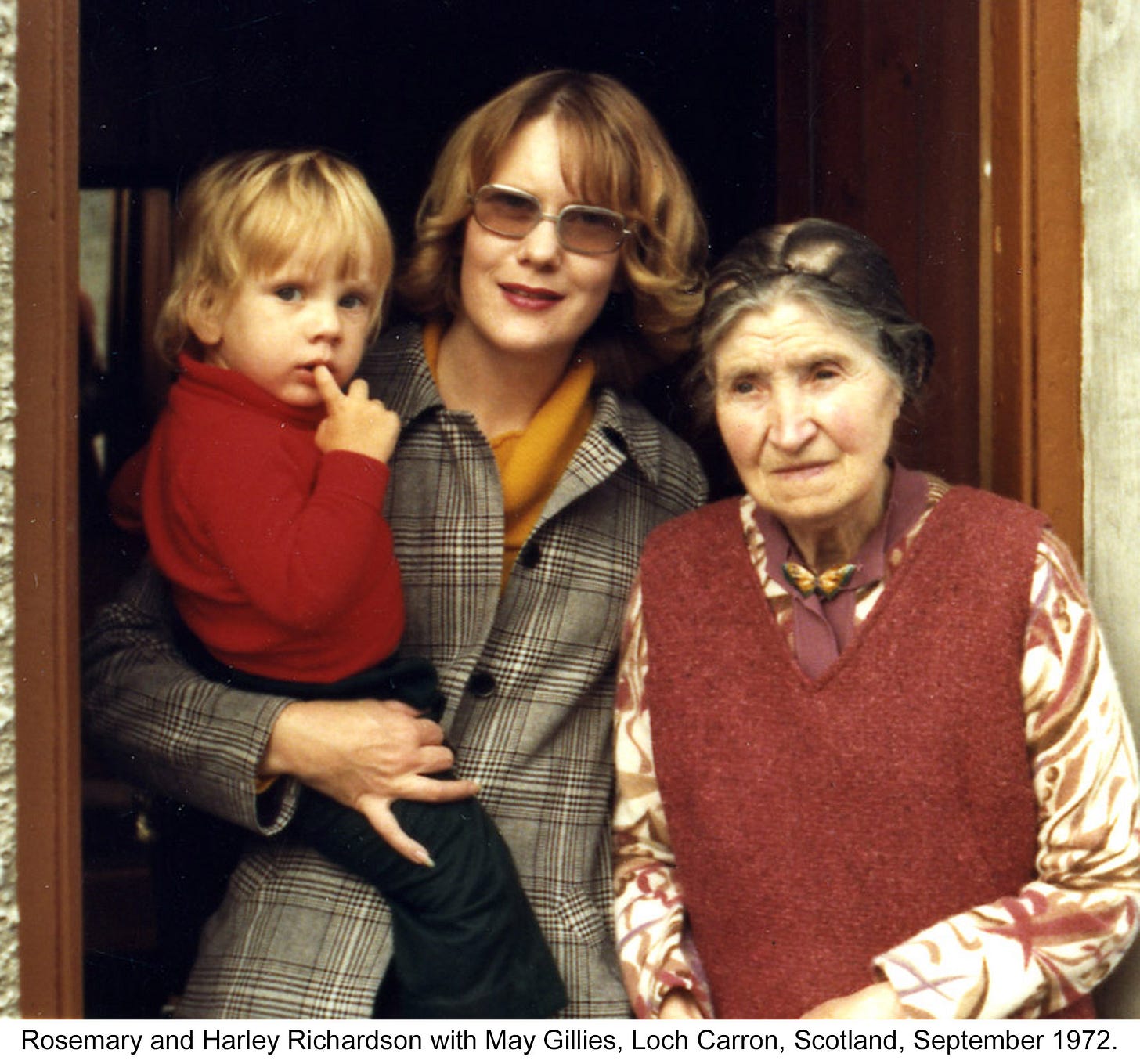
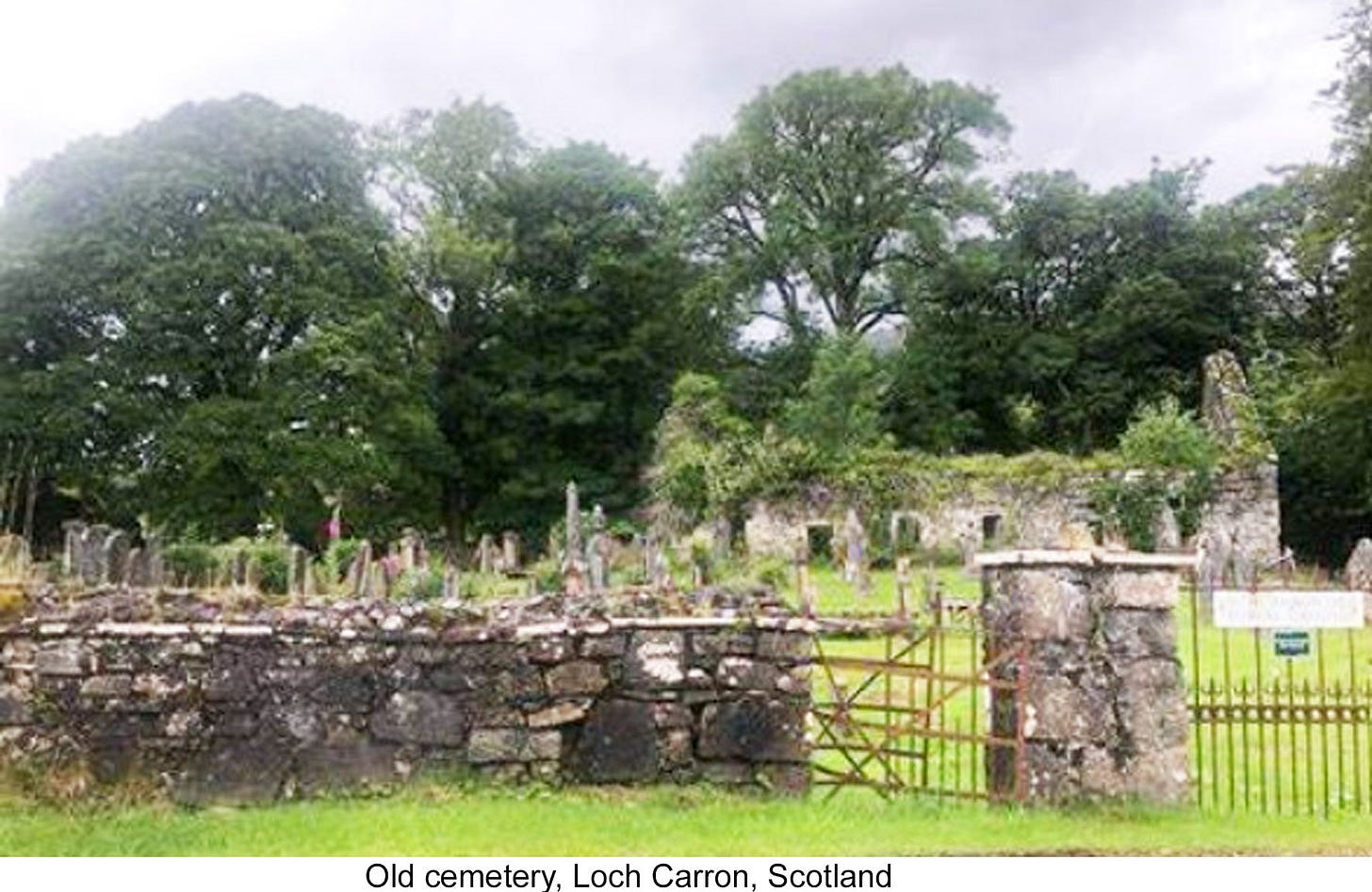
Very interesting read as usual.
Harley was a beautiful little boy ...
You and Rosemary certainly have seen a lot since leaving Australia
Cheers to you both.
Helen 😃 😊 🇦🇺 🪃